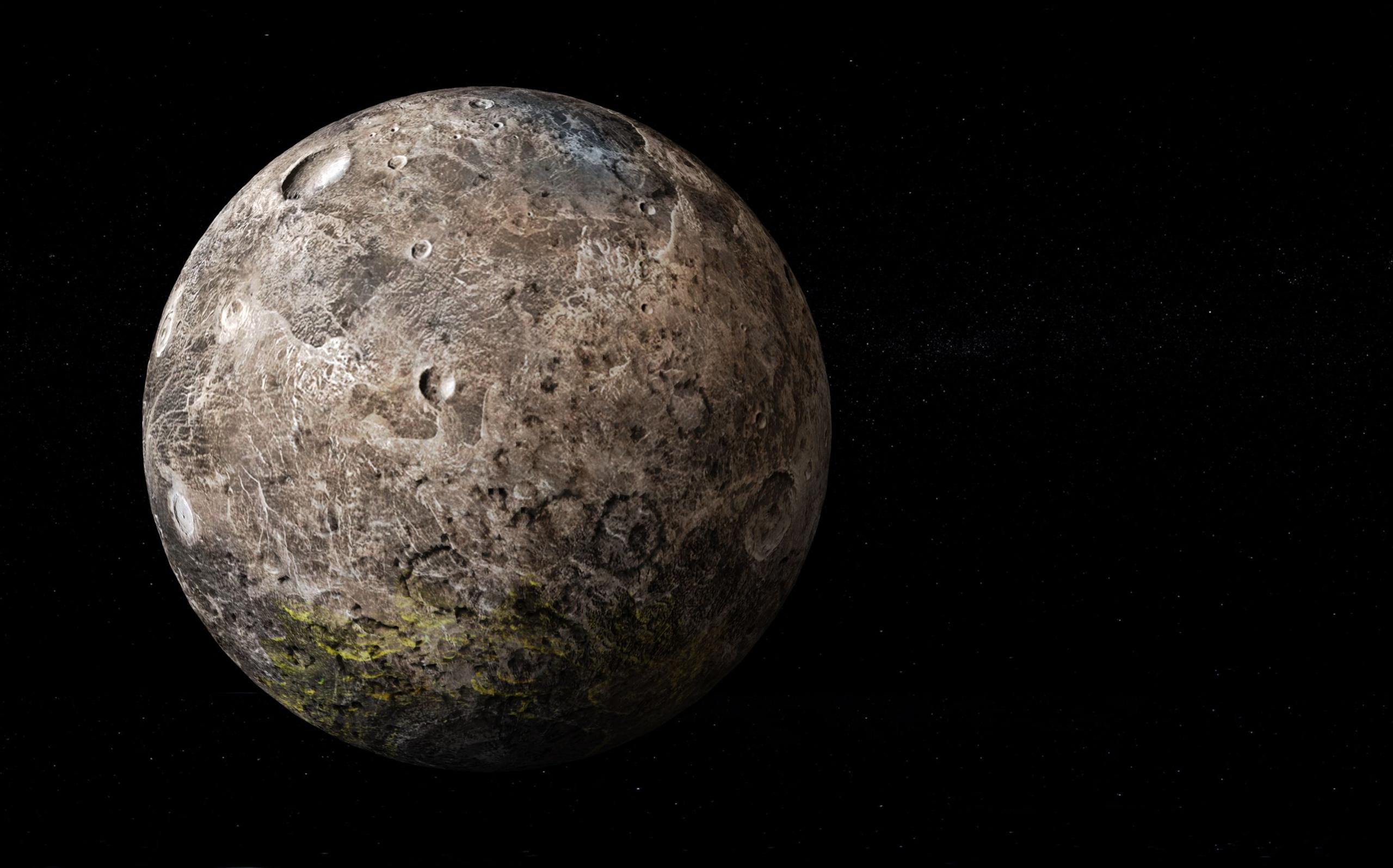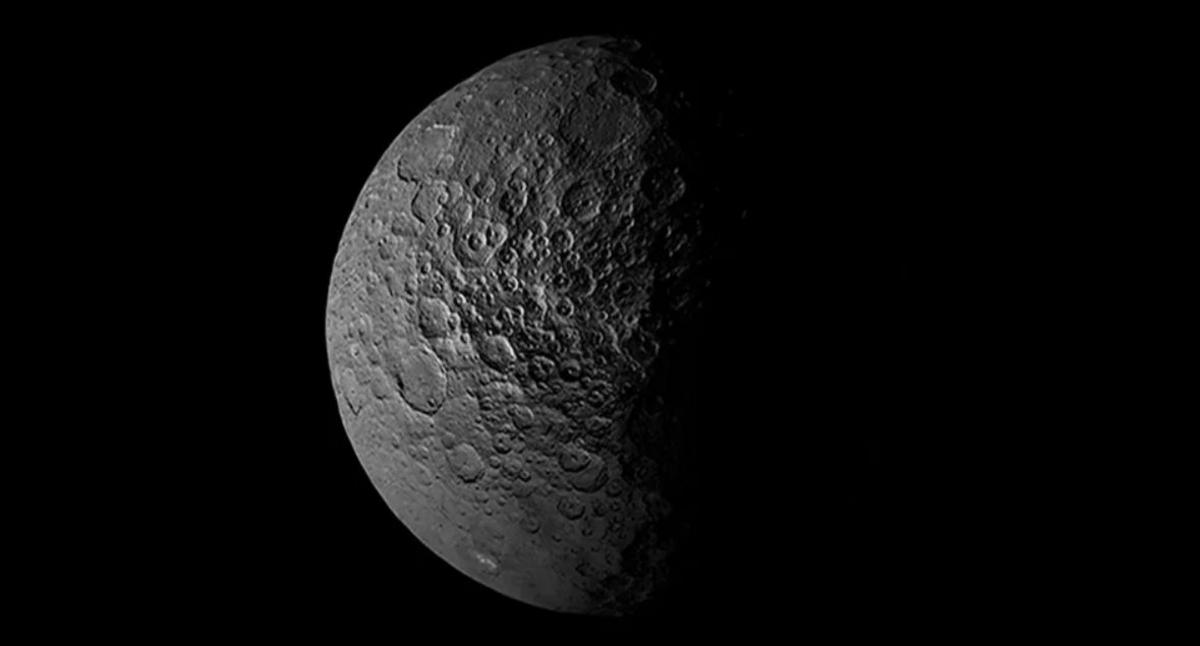Cold, icy dwarf planet in the asteroid belt could once have had life

- Published
When we think about places in space that might have had life, planets like Mars or the icy moons of Jupiter and Saturn are often talked about. These worlds have signs of water and possibly the right kind of chemistry that life needs.
But what about Ceres? A small, cold dwarf planet that lives in the asteroid belt between Mars and Jupiter. At first glance, Ceres looks like a big frozen rock of nothingness but scientists think it might have been a lot more interesting in the past.
A recent study, published in the scientific journal, Science Advances, shows that billions of years ago, Ceres could have had the perfect ingredients for life: water, organic molecules (the building blocks of life), and chemical energy (the kind of power tiny microbes use on Earth to survive).
- Published6 March 2015
- Published13 September 2016
Research shows that, about 2.5 billion years ago, deep inside Ceres, some rocks gave off heat as they slowly broke down over time. This heat could have warmed up water under the surface, creating hot, underwater areas called vents. On Earth, similar vents are found deep in the ocean and are home to many tiny living creatures.
"On Earth, when hot water from deep underground mixes with the ocean, the result is often a buffet for microbes, a feast of chemical energy," says Sam Courville, lead author of the study.

Dwarf planet Ceres, as seen by Nasa's Dawn Mission
Nasa's Dawn spacecraft orbited Ceres between 2015 and 2018, and this study builds on discoveries made by that mission.
It found shiny patches on the surface, which turned out to be salt left behind by water that had bubbled up from underground. Dawn also found organic carbon molecules, which are needed for life to form.
Today, Ceres is far too cold and has no air. Most of its water is locked up as salty ice deep underground but billions of years ago, things were different.
While scientists haven't found life on Ceres, they believe it was one of the most habitable places in our Solar System long ago - meaning it had the right conditions for life to possibly survive.
